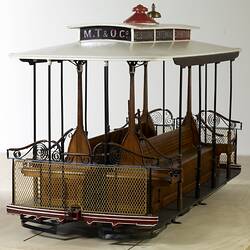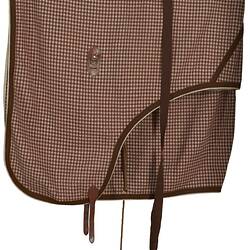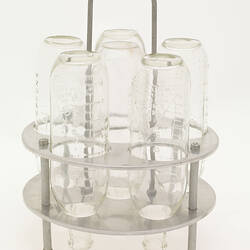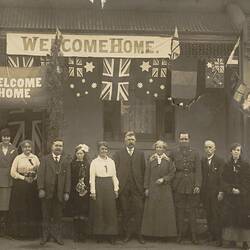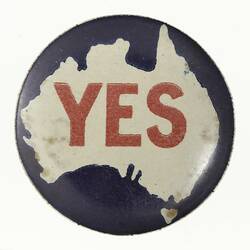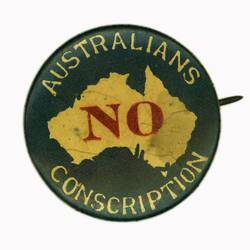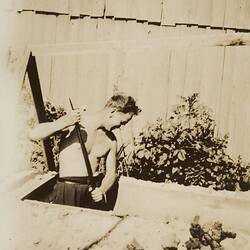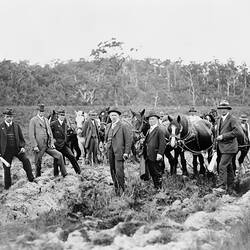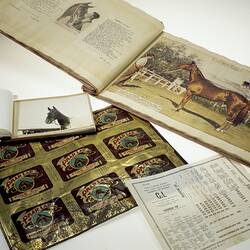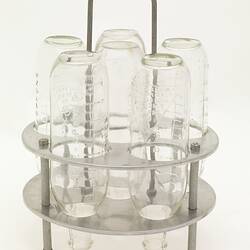Summary
Events that occurred in Melbourne 1920-1945 as outlined in Museums Victoria's Melbourne Story exhibition.
In the decades following World War One, Melbourne was transformed by new opportunities and challenges. The "war to end all wars" was over, and few could yet see the shadow it cast into the future. It was time to enjoy life, and Melbourne was electric! Demand for housing grew; new home styles appeared, the suburbs spread, and a growing network of trams and trains linked them to the city, made possible by the coming of electricity.
Not only did technology begin to fill homes with undreamed-of labour saving devices, but it brought services that today are taken for granted: electric lights, flushing toilets, modern gas stoves and telephones, at least for some. And it brought new forms of entertainment. Although cinema attendance was hard hit by the Depression, it flourished again during World War Two with the influx of American servicemen into Melbourne. The moon seat and other attractions of Luna Park, first opened in 1912, drew ever larger crowds. The iconic Big Dipper opened in 1923 and closed in 1988. However, courtesy of film footage from the 20s and 30s, visitors to the Melbourne Story exhibition can sit in an original carriage and experience the thrills of the period.
The miracle of radio created opportunities for new kinds of family gatherings. From 1924, cricket tests, news and music programs, and comic and dramatic radio serials were broadcast into homes. The Melbourne Cup was first heard on the radio in 1926, and it brought Phar Lap's 1930 Cup win to a city by then in the grip of the Great Depression. Melbourne enthusiastically embraced the cinema too, delighting first in silent movies, and then the fabulous 'talkies'. Visitors to the exhibition can relive the early years of the film industry with a 28 minute film experience taking in the 1920s, 30s and 40s.
Hard times and great political and social change lay ahead. Federal parliament had moved to its new home in Canberra by the time the Depression started in 1929. Almost a decade of economic turmoil changed the face of Melbourne. By 1933, a third of the city's unemployed men had been out of work for three years. With no unemployment benefits, families were often pulled apart- evicted from their homes, many were forced to queue for food handouts and shelter.
When the Centenary of Melbourne was celebrated in 1935, the city was still emerging from the Great Depression hoping for a more prosperous and optimistic future. However, World War Two was just around the corner.
It too brought tremendous change- both hardship and opportunity. The manufacturing sector boomed courtesy of wartime expenditure; women took the jobs of the many men of fighting age who'd joined up (only to lose their jobs when the men returned). Rationing, "victory" gardens, air-raid shelters, drills, and even the evacuation of some city children to rural areas also became facts of life. Over 40,000 Australians died in WW2, and many thousands more were injured. The war and its aftermath changed Melbourne forever.
More Information
-
Keywords
World War I, 1914-1918, World War II, 1939-1945, Great Depression, 1929-1939, Electricity Supply, Phar Lap, Luna Park, housing estates, Melbourne Cup Racing Carnival, theatres & cinemas, Melbourne Centenary, 1935
-
Localities
-
Authors
Ms Deborah Tout-Smith, Dr Charlotte H. Smith, Matthew Churchward, Mr Michael Reason, Dr Michelle Stevenson
-
Article types

